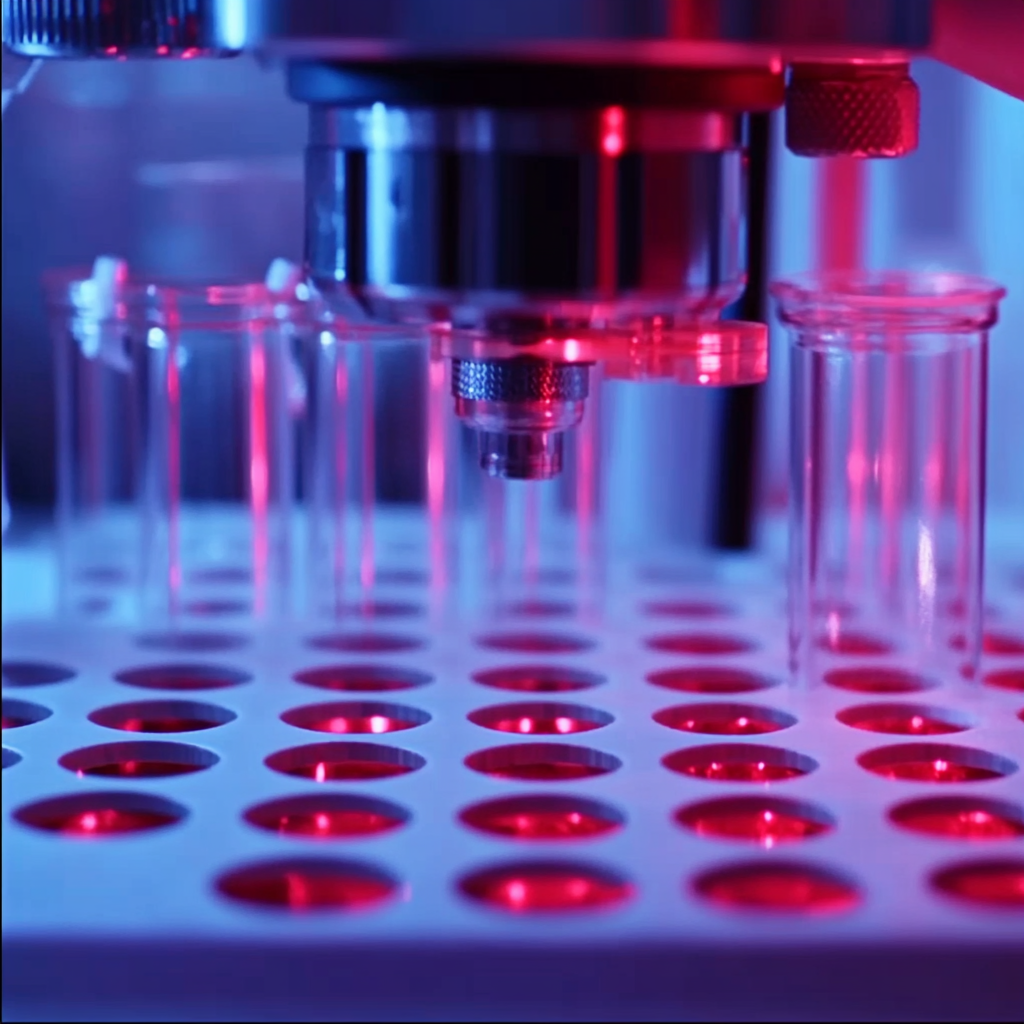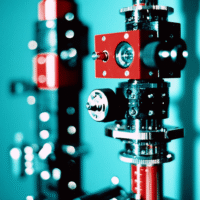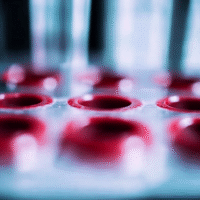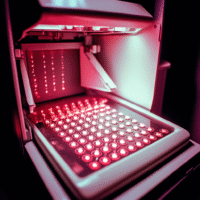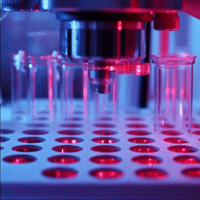Late Gadolinium Enhancement of Nonischemic Cardiomyopathy Study
Study Overview
This study compares the effectiveness of 5.0-T and 3.0-T cardiac MRI in visualizing late gadolinium enhancement (LGE) in patients with nonischemic cardiomyopathy.
Key Findings
- No difference in acquisition time: The time taken to obtain images at 5.0 T was similar to that at 3.0 T.
- Better image quality: 5.0-T images showed superior quality and LGE visualization, especially at 1.2 mm resolution.
- Higher signal-to-noise ratios: 5.0-T images had significantly better signal and contrast ratios across all resolutions.
- No difference in LGE mass: Measurements of LGE mass were similar between the two MRI strengths.
Conclusion
The study concludes that 5.0-T PSIR imaging provides better image quality and LGE visualization than 3.0-T imaging, particularly at a 1.2-mm resolution.
Practical Solutions and Value
- Improved Patient Care: Enhanced imaging can lead to better diagnosis and treatment planning for patients with heart conditions.
- Streamlined Operations: Our AI-driven platform, DocSym, consolidates clinical standards and research, making it easier for healthcare providers to access vital information.
- Efficient Management: Mobile apps support scheduling, treatment monitoring, and telemedicine, improving patient care management.
- AI Integration: Utilizing AI can enhance clinic workflows, improve patient outcomes, and reduce reliance on paper processes.
Learn more about how we can assist at aidevmd.com.
